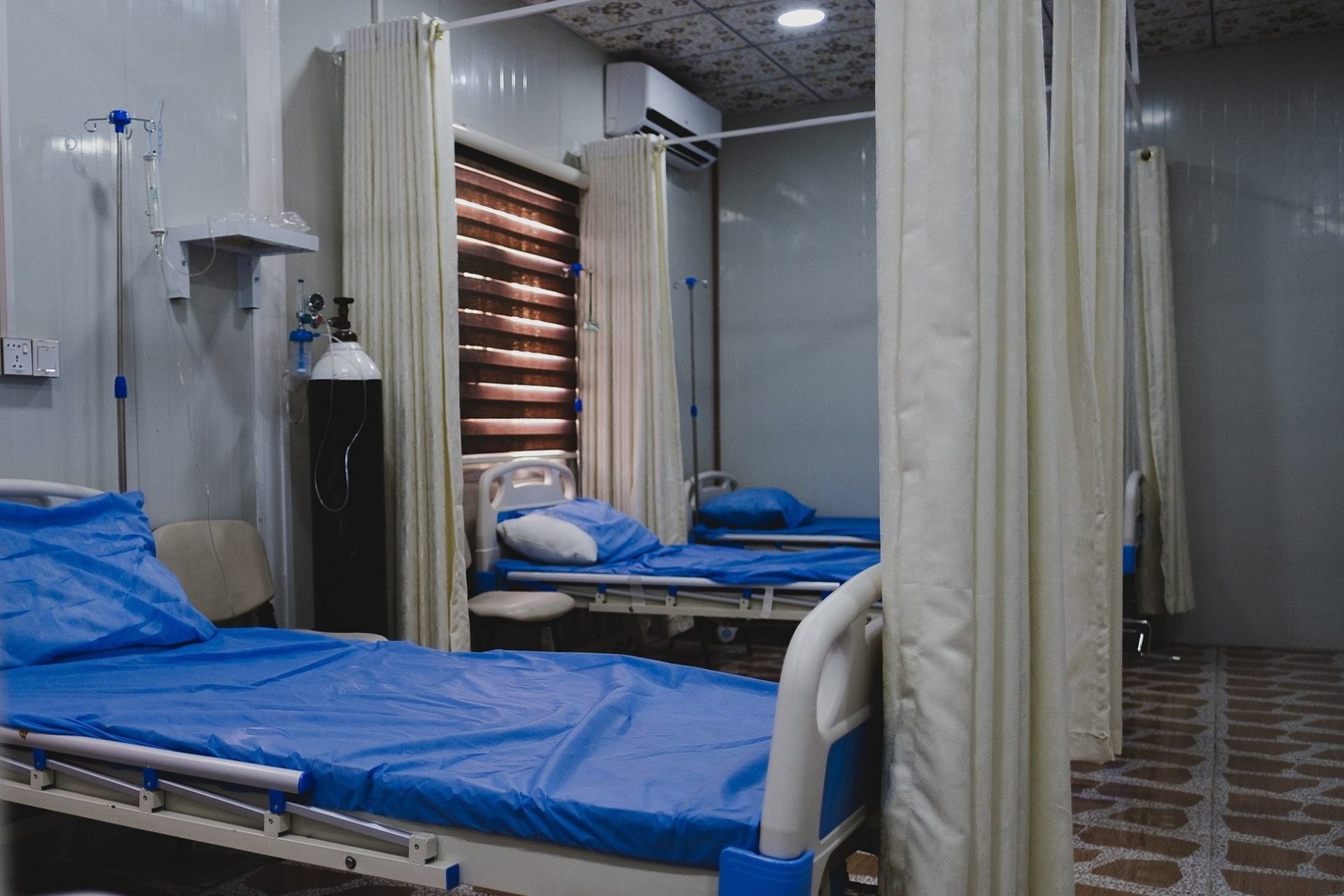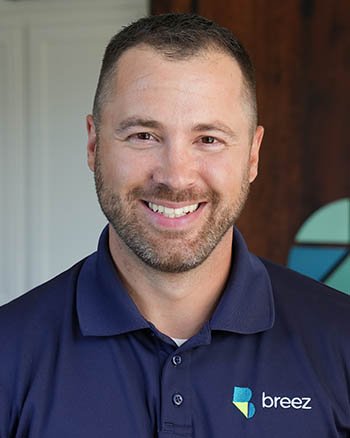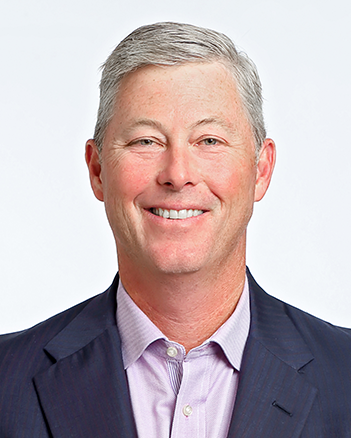
Photo by Levi Meir Clancy | Unsplash
With rising inflation and a looming recession, the medical debt crisis in the U.S. is about to get worse. Americans currently owe over $140 billion on past-due medical bills, which is the No. 1 cause of bankruptcy in the country.
Seven states — California, Colorado, Illinois, Maryland, New Mexico, Virginia, and Washington — have passed medical-debt legislation in the past year designed to increase the effectiveness of hospital financial assistance programs (FAP). The Affordable Care Act mandates that nonprofit hospitals offer and publicize financial assistance programs — which have great potential to prevent medical debt for low-income patients who struggle with healthcare affordability — but they are currently severely underutilized.
Every year, millions of patients who would have qualified for financial assistance under their hospital’s financial assistance policy end up with medical debt they cannot pay. For several reasons — such as complicated applications with burdensome requirements or simple lack of awareness that the program even exists — the very patients these programs are designed for often fall through the cracks.
As more states such as New York and North Carolina — with its Medical Debt De-Weaponization Act — prepare legislation to make healthcare services more affordable by requiring more generous and patient-friendly hospital financial assistance policies, here are key features that make laws like these effective at addressing medical debt.
Clear income standards for eligibility
While the ACA requires the existence of hospital financial assistance programs, it does not specify who should be eligible. The American Hospital Association recommends that hospitals offer free care to patients below 200 percent of the Federal Poverty Guidelines (FPG). Many hospitals offer discounts up to 400 percent of FPG. The State of Washington’s HB 1616 codifies a sliding scale with free care up to 200-400 percent FPG.
To offer context for what 300 percent FPG looks like — it’s an elderly couple with an annual income up to $54,930 or a young family of four with an income up to $83,250. People on this end of the income spectrum, especially those with significant health insurance deductibles, need help maintaining affordable access to healthcare. Requiring hospitals and health systems to offer free care to patients with slightly higher incomes is a great way to do it.
Include under-insured patients in financial assistance
One of the biggest shortcomings in state and federal legislation addressing medical debt is not including under-insured patients. Virginia’s HB 1071/SB 201 and Illinois’ SB 1840 fall short in this regard. The term “under-insured” is used to describe patients who have insurance but still cannot afford to pay their portion of the healthcare bill.
In America, the average single deductible is $1,945 and the average family deductible is $3,722. High-deductible health plans have become increasingly popular in the past decade and can include deductibles up to $10,000 or more. Patients lower on the income spectrum are unable to afford these amounts, even after their health insurance pays their portion of the bill. Hospital financial assistance policies should offer the same discount percentages to underinsured patients that they do for uninsured patients.
Limit the assets considered for eligibility
Regardless of income, it’s not unreasonable to decline financial assistance to a patient with $1 million in the bank. However, it is important to limit what types of assets can be considered in a financial assistance determination.
The best practice is to focus on liquid assets available to the patient for payment — cash, checking and savings account balances. Including non-primary-residence real estate (vacation homes/income property) in the calculation is reasonable as well.
The most effective legislation addressing assets to be included in financial assistance policies protects home equity in a primary residence, retirement-account balances, life insurance cash value, and value of personal property from being considered in a patient’s financial assistance determination. We have seen patients who are approaching retirement age, with woefully underfunded 401k accounts, be asked by their health system to borrow against their $50,000 401k to pay a hospital bill. That should not happen.
Streamline the application process
A common challenge among hospital financial assistance programs is an overly burdensome, complicated patient application process. Patients can be met with an application form that is 3-4 pages long that includes a separate page of instructions on how to fill it out. That’s in addition to a laundry list of documents that could be needed to show proof of the household’s income.
Maryland is the first state to require that hospitals use a uniform financial assistance application. This approach would be effective if the application was extremely simple to fill out. Unfortunately, Maryland’s application form is not particularly patient-friendly.
It includes monthly expenses like rent/mortgage payment, utilities, car insurance, health insurance, year/makes of vehicles owned, etc. — items that do not factor into the hospital financial assistance determination decision trees. It’s important to pare down the application process for patients and only ask for information relevant to the financial assistance determination such as income and certain types of assets.
Promote awareness of hospital financial assistance
Most patients simply do not know of the availability of financial assistance at their hospitals. If they do hear about “financial assistance” or “charity care,” they typically think that they must be unemployed or unhoused to qualify.
Some new laws require that hospitals refrain from attempting to collect a bill prior to determining if a patient is eligible for financial assistance or the state’s Medicaid program. This is a step in the right direction, but the primary focus on awareness needs to be on making financial assistance programs easier for patients to access and navigate on their own.
Under the ACA, hospitals must include a “Plain Language Summary,” which is intended to be shorter and easier for patients to read and understand. New standards must be set for what constitutes “plain language,” as most hospital FAP Plain Language Summaries require patients to do their own calculation of what their household income is as a percentage of the Federal Poverty Guidelines, and often do not specify all the hospital’s eligibility criteria in their policy, such as asset tests, service area, etc.
If free or discounted care seems somehow at odds with our private healthcare system in the U.S., consider that nonprofit hospitals receive tax-exempt status because of the important role they play in the community. Treating anyone, regardless of their ability to pay, is part of nearly every hospital’s mission. With medical debt mounting, there is a gap here that needs to be closed.

Nick McLaughlin
Nick McLaughlin is CEO of Breez Health, a Goodroot affiliate streamlining hospital financial assistance for patients and hospital billing departments. After working in debt collections for hospitals, Nick identified chronic issues in hospital financial assistance programs that harm both patients and health systems. He and the team at Breez have developed a technology platform that keeps patients out of medical debt while helping hospitals both improve revenue cycles and better serve their communities.

Michael Waterbury
Michael Waterbury is CEO of Goodroot, a community of companies reinventing healthcare one system at a time. Mike is a former health plan executive turned entrepreneur dedicated to increasing access and affordability in healthcare. Eight companies strong and growing, Mike brings together visionary leaders, innovators, and seasoned experts under the Goodroot umbrella to build a new model in healthcare where innovation can flow freely and make a transformative impact. Goodroot ranks No. 51 on the Real Leaders 2022 list of the top 200 impact companies.






